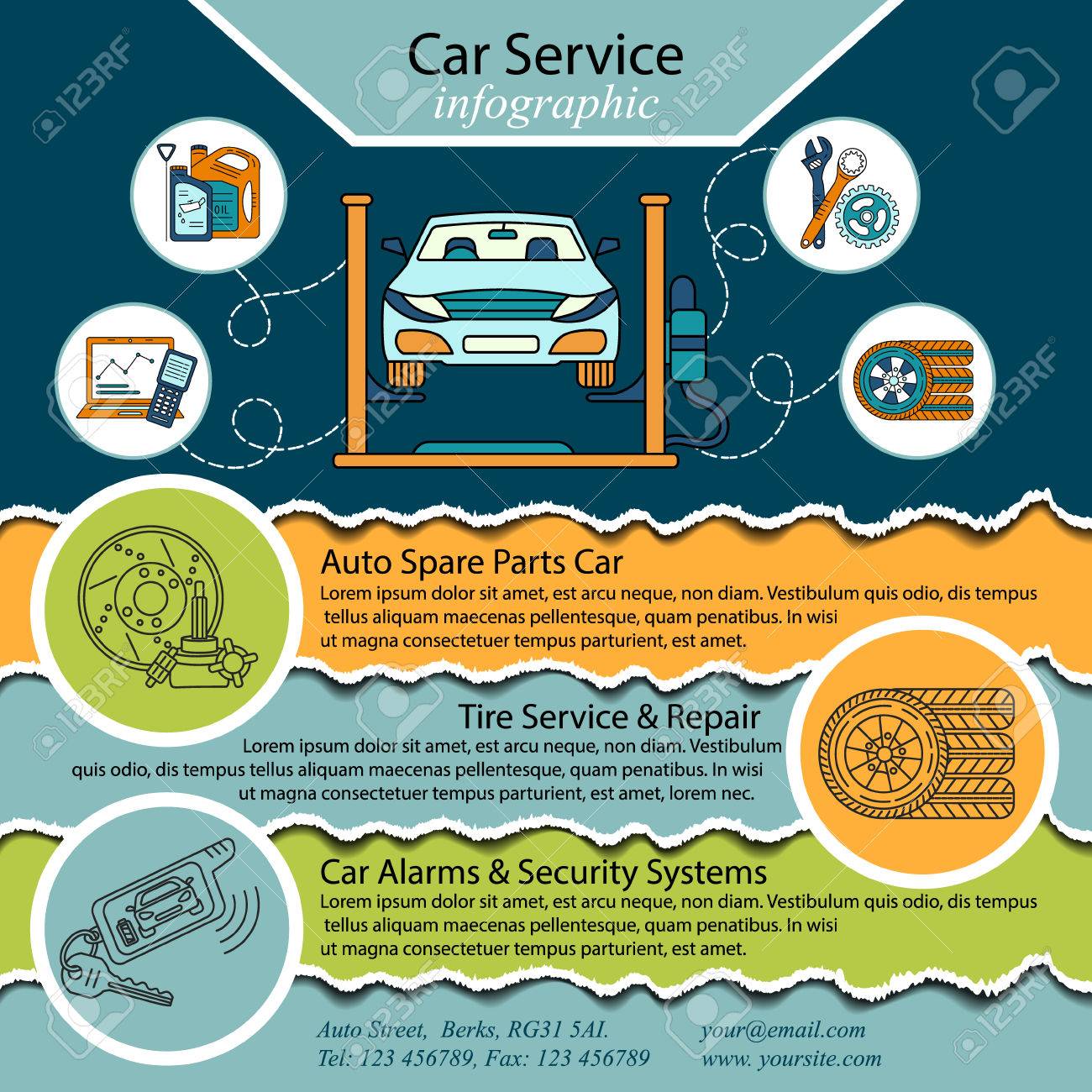Interpreting Your Auto'S Alert Lighting: Their Real Ramifications
Interpreting Your Auto'S Alert Lighting: Their Real Ramifications
Blog Article
Short Article Author-Boye Shepherd
When you lag the wheel, those radiant warning lights on your dashboard can be a bit puzzling. Do read on know what they're attempting to tell you regarding your car's health? Understanding the significance of these lights is essential for your safety and the durability of your automobile. So, the following time one of those lights appears, wouldn't you want to analyze its message accurately and take the necessary steps to resolve it?
Common Warning Lights and Interpretations
Recognize typical caution lights in your auto and recognize their meanings to guarantee safe driving.
The most regular warning lights consist of the check engine light, which signifies issues with the engine or emissions system. If this light begins, it's important to have your vehicle checked promptly.
The oil stress warning light indicates low oil pressure, requiring prompt focus to stop engine damage.
A flashing battery light may suggest a damaged billing system, possibly leaving you stranded if not attended to.
The tire stress tracking system (TPMS) light notifies you to low tire stress, influencing car stability and gas efficiency. Overlooking car upholstery cleaner near me could lead to hazardous driving conditions.
The abdominal muscle light shows a trouble with the anti-lock braking system, jeopardizing your capability to quit rapidly in emergency situations.
Finally, the coolant temperature advising light warns of engine getting too hot, which can cause severe damages if not fixed quickly.
Understanding these usual caution lights will help you deal with concerns promptly and preserve safe driving conditions.
Value of Prompt Focus
Comprehending the usual warning lights in your vehicle is just the very first step; the value of quickly attending to these cautions can not be emphasized enough to ensure your security on the road.
When a caution light brightens on your dashboard, it's your automobile's method of connecting a possible problem that requires attention. Overlooking these warnings can cause extra serious issues in the future, compromising your safety and possibly costing you a lot more out of commission.
Prompt interest to advising lights can prevent failures and crashes. For example, a flashing check engine light could indicate a misfire that, if left ignored, might trigger damages to the catalytic converter. Resolving Related Site without delay can save you from an expensive repair work.
Likewise, a brake system advising light could indicate low brake fluid or used brake pads, crucial components for your safety and security when driving.
DIY Troubleshooting Tips
If you discover a warning light on your dashboard, there are a couple of DIY troubleshooting suggestions you can attempt before seeking expert assistance.
The first step is to consult your automobile's handbook to understand what the certain warning light suggests. Often the issue can be as easy as a loose gas cap triggering the check engine light. Tightening the gas cap might solve the trouble.
Another common problem is a reduced battery, which can trigger numerous warning lights. Checking the battery links for deterioration and ensuring they're safe and secure might deal with the trouble.
If a warning light persists, you can attempt resetting it by separating the cars and truck's battery for a couple of mins and afterwards reconnecting it. In addition, checking your car's fluid degrees, such as oil, coolant, and brake fluid, can assist fix cautioning lights related to these systems.
Conclusion
Finally, recognizing your automobile's warning lights is essential for maintaining your automobile running efficiently and safely. By quickly dealing with these alerts and knowing what they suggest, you can stay clear of pricey fixings and potential breakdowns.
Remember to consult your auto's handbook for particular details on each alerting light and act accordingly to guarantee a trouble-free driving experience.
Stay notified, remain safe when driving!
